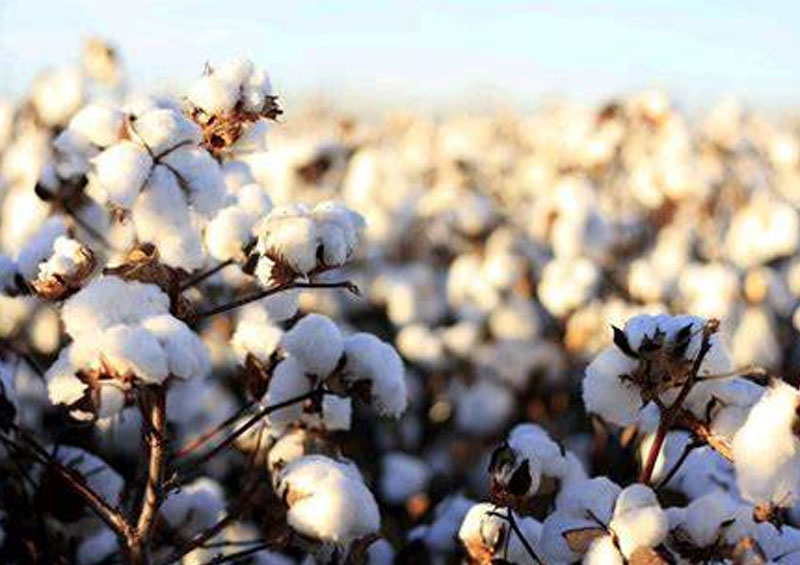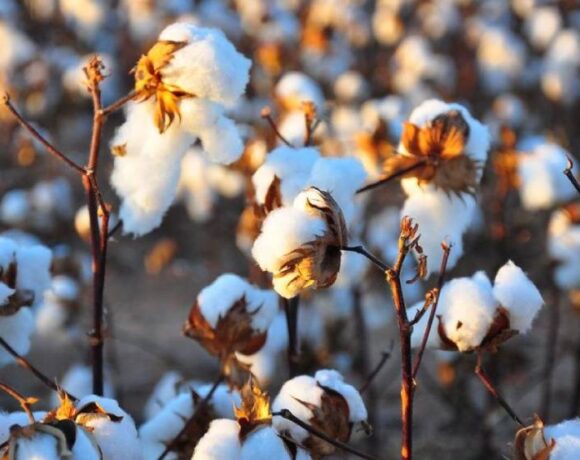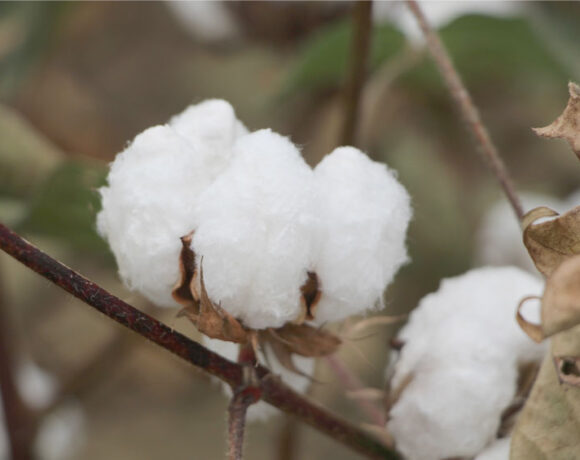Global Cotton Mill Use Surges In 2023-24, Reducing Ending Stocks

The latest projections from the U.S. Department of Agriculture (USDA) for the 2023-24 cotton season (August–July) reveal a significant uptick in global cotton mill use. It is set to increase by 6.5 million bales, equivalent to a 6 per cent rise, reaching 116.9 million bales, marking the highest figure since 2020-21 (see Figure 1). Pakistan and India are at the forefront of this growth, with gains of 1.4 million and 1.0 million bales, respectively. As global mill use is anticipated to outpace production in 2023-24, the world cotton ending stocks are expected to decrease by 2.5 million bales (2.7 per cent) to 91.6 million bales.
The global cotton production forecast for 2023-24 projects a decline of 4.2 million bales (3.5 per cent), totaling 114.1 million bales. This decrease is attributed to a 4 per cent reduction in yield compared to the previous season’s record, despite a slightly higher forecast for global cotton harvested area. The yield for 2023-24 is expected to be around 777 kilogrammes per hectare.
Furthermore, world trade expectations are showing a substantial increase of 18 per cent from 2022-23, with projections of 43.9 million bales. This surge is attributed to heightened cotton imports, bolstering the anticipated recovery in global cotton mill use for the 2023-24 season.
In USDA’s August forecast for the 2023-24 cotton crop, the US production is estimated at 14 million bales, representing a 3 per cent decrease from the previous season’s final estimate, which was nearly 14.5 million bales. This marks the smallest cotton crop in 8 years. The forecast is based on an estimated 11.1 million acres of cotton planted in 2023, aligning with the figures provided in USDA National Agricultural Statistics Service’s (NASS) June Acreage report. Notably, this represents the lowest cotton planted area in 7 years, largely influenced by less favourable cotton prices compared to other crops during the planting season.














